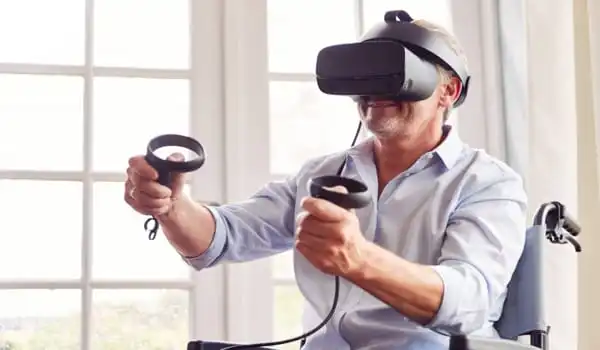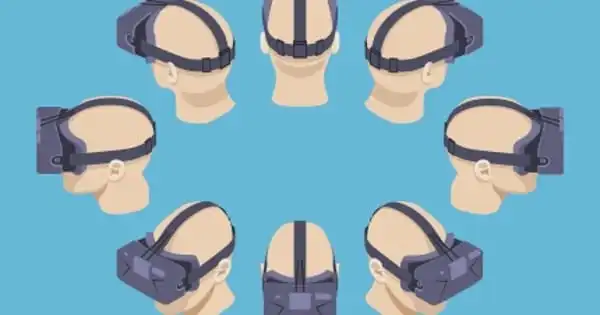According to a new study, 30% of people would rather talk about their negative experiences with a virtual reality avatar than with a person. If you find it difficult to open up to a therapist, new research shows you’re not alone – and you may soon have a new option.
According to an Edith Cowan University (ECU) study, 30% of people would rather talk about negative experiences with a virtual reality avatar than with a person. Researchers compared social interactions in which people engaged in virtual reality conversations versus face-to-face interactions. They used full face and body motion capture technology to create a’realistic motion avatar’ that closely resembled their real-life counterpart, and then studied how people interacted with avatars versus people.
Dr. Shane Rogers, a psychologist and communication researcher, stated that participants rated their experience based on factors such as enjoyment, perceived understanding, comfort, awkwardness, and the extent to which they felt they disclosed information about themselves.
“Overall, people rated virtual reality social interaction as similar to face-to-face interaction, with the exception of closeness, where people tended to feel a little closer with each other when face-to-face,” Dr Rogers said.
More powerful computers are becoming more affordable, VR headsets and peripherals are evolving, and more user-friendly VR interaction software platforms are becoming available and being updated.
Dr. Shane Rogers
While VR technology has been around for a while, Dr. Rogers believes that using motion capture to enhance VR could catapult it into our daily lives. “This technology has the potential for broad application in a variety of areas such as casual conversation, business, tourism, education, and therapy,” said Dr. Rogers.
“According to the study, 30% of people preferred to share negative experiences through VR. This means that therapy may be made available to new people who are uncomfortable with traditional face-to-face interactions. It may also allow therapists to provide more effective therapy at a distance, as a person can be in the therapist’s room (via virtual reality) while sitting in their own home.”
The most effective therapeutic interventions assist people in changing the way they think, react, and behave in the situations they find most difficult. This could be anything from boarding a crowded bus to attending a social event to simply leaving the house.
We tend to remember information best when we are in the same physical or mental state that we were when the memory was formed. This is known as state dependent learning. So, for example, if we want someone to remember a technique that will help them reduce their anxiety while grocery shopping, it’s usually best to go to a supermarket during the therapy session to train and practice the technique.

Dr. Rogers predicted that within the next five years, virtual reality social interaction would become commonplace rather than niche. “More powerful computers are becoming more affordable, VR headsets and peripherals are evolving, and more user-friendly VR interaction software platforms are becoming available and being updated,” he said.
The next steps in the research will be to look into how aspects of the avatar (such as fidelity of motion and graphics) affect user experience, as well as to look into the potential of VR in therapeutic settings.
VR environments generate immersive simulations of real-world environments, allowing you to walk around and interact with them as if they were real. You can put yourself in situations that are typically difficult for you and learn psychological techniques to help you overcome your difficulties alongside a virtual or real-life therapist.
Importantly, even though we are aware that the VR environment is a simulation, we respond in the same way we would in the corresponding real-world environment, both psychologically and physiologically. As a result, any learning gained in VR is transferable to the real world.
Nic and other virtual coaches can function as therapists without the need for a therapist to be present at every VR session. Instead, a graduate psychologist or peer supporter (such as someone who has gone through a similar experience) can lead the sessions with the user, offering support and guidance in addition to the virtual coach.
Because there are many more graduate psychologists and peer supporters available than highly trained therapists, VR therapy can help ensure that more people receive the treatment they require as soon as possible. For the same reason, VR treatment is likely to be more affordable.
Because of advancements in VR hardware, it is becoming more affordable and feasible to use this technology in mental health services in the near future for the treatment of a variety of conditions. While it would never be able to replace therapists, it could increase the number of people who have access to therapy.














